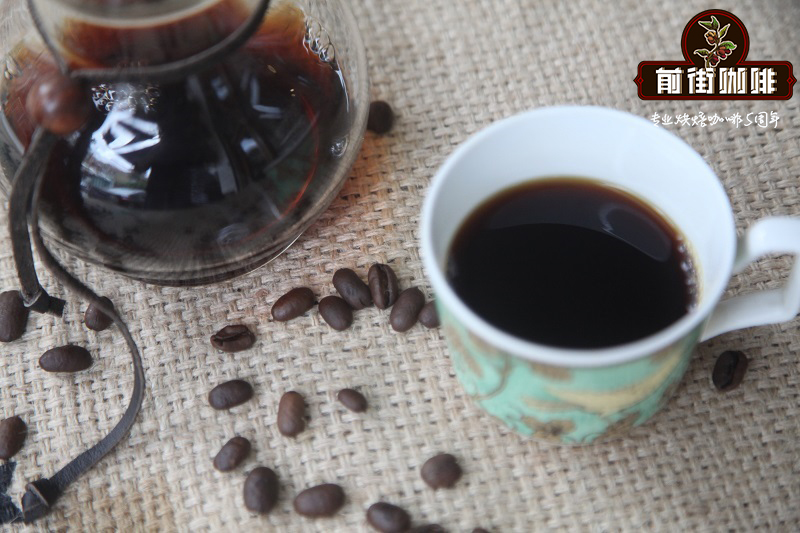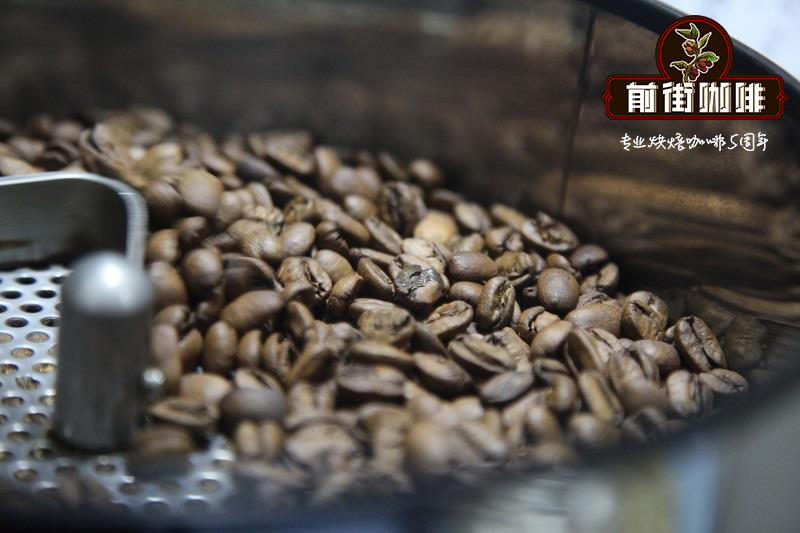Ecuadorian Coffee | how does the Ecuadorian HILDA PACHA wash Kaddura?

Country: Ecuador
Province: Zamora-ChinchipeCant ó n Zumba
Producer: Hilda Terest Pacha Cordero
Altitude: 1700 m
Total farm area: 10 hectares
Farm coffee planting area: 3 hectares
Variety: Kaddura
Drying method: completely dry on a parabolic covered terrace
Processing method: traditional complete cleaning
Fermentation time: 18 hours

Description
In the middle of the Amazon rainforest in southeastern Ecuador, there is Zamora Chippe province, which is home to Hilda Farm. The farm has a total of 10 hectares, of which seven are made up of virgin forests and local trees, and the other three are coffee plantations.
The area is the only noble nature reserve in the country, and the wood of these trees makes cooking utensils for their kitchens. In the area, you can find more than 160 different species of birds that migrate from one farm to another to find their ideal habitat and inspire hundreds of coffee-growing families in the process.
Its remote and exotic location makes the farm unique because of its biodiversity and microclimate. The region's enthusiastic, experienced producers, location, climate and rich soil are the perfect combination for the production of extraordinary coffee.
Although coffee growers in the region still say they have a lot to learn to produce specialty coffee, the region has great potential. Hilda is a member of the ACRIM Association, which believes that "sustainable progress and development of the community can only be achieved through unity, teamwork and respect for the environment."
In the cup test, this super sweet coffee is reminiscent of brown sugar and toffee, as well as the aftertaste of green apples and watermelons.
Important Notice :
前街咖啡 FrontStreet Coffee has moved to new addredd:
FrontStreet Coffee Address: 315,Donghua East Road,GuangZhou
Tel:020 38364473
- Prev

Iced American coffee ice hand cold extracted coffee flavor description good taste iced coffee which coffee beans are the best
If you are not familiar with the difference between the two, you can think of them as twins. From a technical point of view, cold extracted coffee is a kind of iced coffee. However, the temperature and time of the extraction process are different, which leads to the most intuitive difference between iced coffee and cold extracted coffee, and that is why the cold extracted coffee in many coffee shops is limited.
- Next

The CESMACH Cooperative in Chiapas, Mexico, introduces what is growing coffee in the biosphere?
CESMACH Cooperative, FTO Chiapas, Mexico-El Triunfo Biosphere Reserve-FLO Mexican Coffee History like many neighbouring countries, Mexico did not receive coffee plants until the late 1700s, when Spanish colonists brought coffee from Cuba and the Dominican Republic. However, during this period, Mexico exported large amounts of minerals such as gold and silver, so agriculture
Related
- Detailed explanation of Jadeite planting Land in Panamanian Jadeite Manor introduction to the grading system of Jadeite competitive bidding, Red bid, Green bid and Rose Summer
- Story of Coffee planting in Brenka region of Costa Rica Stonehenge Manor anaerobic heavy honey treatment of flavor mouth
- What's on the barrel of Blue Mountain Coffee beans?
- Can American coffee also pull flowers? How to use hot American style to pull out a good-looking pattern?
- Can you make a cold extract with coffee beans? What is the right proportion for cold-extracted coffee formula?
- Indonesian PWN Gold Mandrine Coffee Origin Features Flavor How to Chong? Mandolin coffee is American.
- A brief introduction to the flavor characteristics of Brazilian yellow bourbon coffee beans
- What is the effect of different water quality on the flavor of cold-extracted coffee? What kind of water is best for brewing coffee?
- Why do you think of Rose Summer whenever you mention Panamanian coffee?
- Introduction to the characteristics of authentic blue mountain coffee bean producing areas? What is the CIB Coffee Authority in Jamaica?

